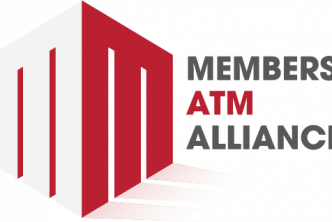![]() During the last five years, credit unions have seen overall loan growth averaging 4%, while vehicle portfolios have more than doubled that amount. Vehicle balances now make up 38% of credit union loan portfolios resulting in a more than $100 billion increase on balance sheets. The vast majority of this growth comes through indirect channels and has led to some material changes to many credit unions’ balance sheets. These credit unions face difficult decisions as they work their way through liquidity, credit, and concentration management issues.
During the last five years, credit unions have seen overall loan growth averaging 4%, while vehicle portfolios have more than doubled that amount. Vehicle balances now make up 38% of credit union loan portfolios resulting in a more than $100 billion increase on balance sheets. The vast majority of this growth comes through indirect channels and has led to some material changes to many credit unions’ balance sheets. These credit unions face difficult decisions as they work their way through liquidity, credit, and concentration management issues.
Liquidity is the most common concern voiced by credit unions who have grown indirect balances. These institutions seek to create more liquidity to increase loan volume. The pressing liquidity needs are exacerbated by a lack of funding options available to credit unions. Deposits only grow so fast and can’t be produced on demand. Lines of credit have limits, as well. This has left many credit unions with two options: turn off production, which runs the risk of frustrating dealers and negatively impacting future lending, or sell loans. Given the difficulties that may arise through turning off the spigot or pricing yourself out of the market, many credit unions have chosen to sell indirect loans. In the current environment, there is a strong market for auto participations, so many institutions shore up liquidity through periodically selling loan participations. It is important to know what is in your portfolio and stay abreast of market conditions if you are going to successfully employ this strategy.
Another issue concerning faster growing credit unions is an over-concentration in indirect loans. These limits can be due to board limitations or regulatory mandates. Performing a portfolio review provides an understanding of the various strategies that may be available. Many credit unions launch a sale as they reach maximum limits. This step enables them to sell below the threshold and keep the spigot open so their dealers can continue to produce.
In the instances noted above, having a clear understanding of what is in your indirect portfolio is important to allow you to manage these issues. If you don’t have the capabilities to monitor these risks, we’d welcome the opportunity to perform a comprehensive portfolio review. Even if you aren’t a seller, it is important to understand where opportunities exist in your loan portfolio, so you will be ready to go when the time is right.
For more information on Vining Sparks, a preferred business partner of LEVERAGE, contact Rhea Oaks, Director of Product Management.





